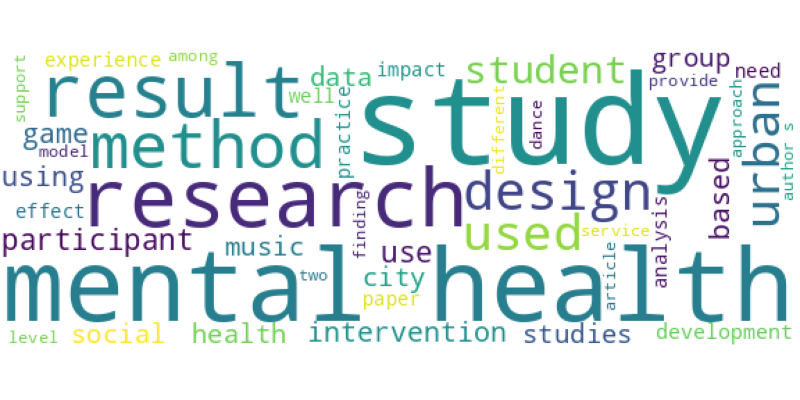| Id | 2791 | |
| Author | Wu Z.; Zhao Z.; Gan W.; Zhou S.; Dong W.; Wang M. | |
| Title | Achieving Carbon Neutrality through Urban Planning and Design | |
| Reference | Wu Z.; Zhao Z.; Gan W.; Zhou S.; Dong W.; Wang M. Achieving Carbon Neutrality through Urban Planning and Design,International Journal of Environmental Research and Public Health 20 3 |
|
| Link to article | https://www.scopus.com/inward/record.uri?eid=2-s2.0-85147815982&doi=10.3390%2fijerph20032420&partnerID=40&md5=55b32eae934aa1060750f177eadf4e8d |
|
| Abstract | Much of the research on climate change has focused on carbon reduction in cities or countries. However, more attention needs to be paid to how to achieve carbon neutrality in the urban design and planning stage, and the lack of quantitative analysis of carbon related to urban space makes it difficult to locate urban space and provide direct guidance for urban planning and design. This study proposed three optimization paths to achieve carbon neutrality in multi-scale urban building clusters. Firstly, we reconstructed the quantitative calculation system of urban building communities with the goal of carbon neutrality; secondly, we screened the carbon source reduction and carbon sink interventions that are suitable for multi-scale urban building communities; finally, we constructed a carbon emission and carbon sink calculation system of planning and design schemes based on the layout of relevant elements of planning and design schemes with a grid cell of 100 × 100 m. In practice, there was a gap of about 115,000 tons of CO2 from the carbon-neutral target and 26% of carbon emission was distributed in the Xiajiabian Station TOD. In this study, nine types of carbon reduction measures were adopted to achieve carbon neutrality in the region, among which the highest carbon reduction was achieved by biomass energy measures, accounting for 29% of the total carbon reduction of 33,745.27 T. The objective of this study is to accurately and quantitatively assess the carbon targets of urban spaces at different scales and adopt effective measures to achieve carbon neutrality. © 2023 by the authors. |
|
| Keywords | Carbon; Carbon Dioxide; Carbon Sequestration; China; Cities; City Planning; Social Conditions; carbon; carbon dioxide; carbon dioxide; carbon emission; carbon sink; optimization; urban design; urban planning; Article; biomass; carbon emission; carbon neutrality; carbon sequestration; carbon sink; China; city planning; cropland; energy consumption; environmental impact; environmental management; environmental monitoring; environmental planning; grassland; land use; landscape; photosynthesis; process optimization; quantitative analysis; surface area; wetland; city; social status |
Wordcloud:



